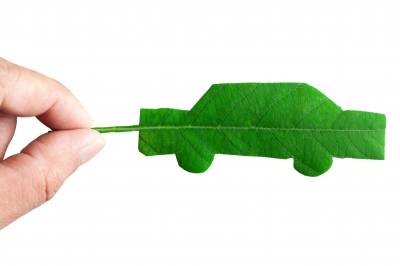
Image courtesy of Nutdanai Apikhomboonwaroot
BMW is a company known for powerful cars, but powerful landfills are another story. Harnessing landfill gas for power, BMW’s Spartanburg, South Carolina plant has increased its ranking to number four on the U.S. Environmental Prote ction Agency’s (EPA) Top 20 On-Site Generation list of the largest green energy users. BMW is carrying over this sustainability theme into the all-electric BMW ActiveE and i3, which will be arriving at New York BMWdealers like Wide World BMW this fall and in 2013, respectively.
Collected, cleaned and compressed from a nearby landfill, methane gas produced around 37 percent of the electricity used at BMW’s South Carolina plant in 2010, which equates to nearly 62 million kilowatt-hours of power. For comparison, an average American home uses 11,040 kilowatt-hours annually, according to the U.S. Energy Information Administration (EIA). Implementation of the landfill gas program saves about $5 million annually in energy costs and cuts CO2 emissions by about 92,000 tons per year.
“Sustainable cars are the future and that means sustainable manufacturing too,” said Michael Trontz, general manager of Wide World BMW. “Manufacturing cars takes a lot of electricity, and sourcing that power from coal power plants greatly increases the car’s inherent carbon footprint. BMW has been using landfill gas since 2003, and they continue to invest in the technology as they move forward in the production of sustainable cars.”
With sustainable motoring in mind, BMW will be offering up limited reservations later this summer for its first all-electric car, the ActiveE coupe, initially available only through a 24-month lease. Developed from the styling of the BMW 1 Series, the BMW ActiveE substitutes a 170-horsepower electric motor in place of the usual six-cylinder to achieve 0 to 60 mph sprints in around nine seconds, a range of roughly 99 miles, and a top speed of 90 mph. The vehicle’s lithium-ion battery pack can be charged in about four to five hours, faster than the Nissan Leaf and in about the same amount of time as the Ford Focus Electric.
Due at BMW dealers in two years, the all-electric BMW i3 is expected to have a range similar to the ActiveE and a top speed of 100 mph. Its thrust will come from a rear-mounted, 150-horsepower electric motor that will power the rear wheels and maintain BMW’s sporty handling tradition. Constructed with lightweight materials like carbon fiber reinforced plastic (CFRP), the subcompact BMW i3 maximizes space with 14.1 cubic feet of storage coming from the front trunk and the back seat area.
“BMW has made sure that they’ve developed technology on their own terms from the ground up when it comes to sustainable cars,” Trontz added. “This means that customers get more than just an electric motor in an existing vehicle. They’ll see vehicles like the BMW i3 built by engineers that have considered sustainability in every component.”
Article courtesy of send2pressnewswire.com

